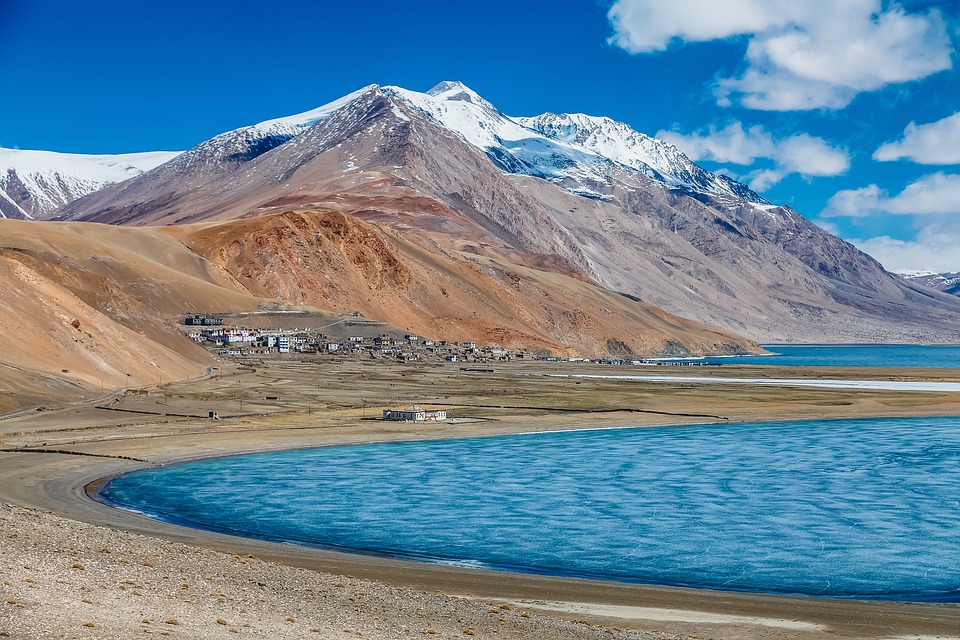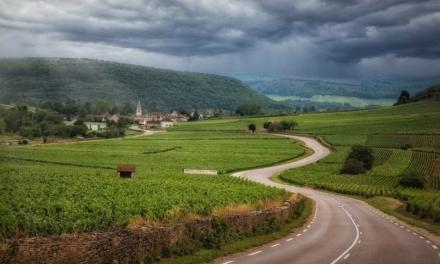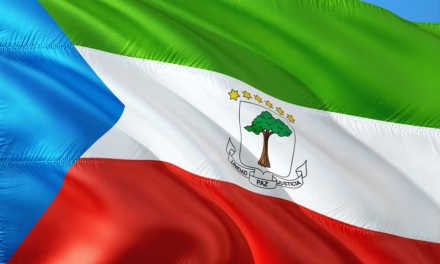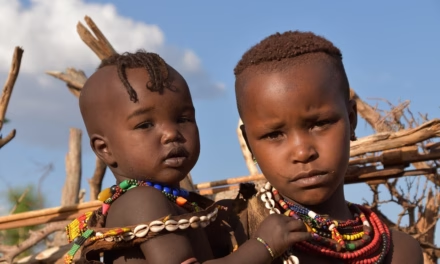When it comes to South America, there’s no shortage of breathtaking locales that cater to travellers of all kinds: adventurers, culture seekers, and nature lovers alike. Bolivia, however, remains one of the continent’s best-kept secrets—a destination brimming with cultural richness, towering landscapes, and magical experiences that capture the essence of exploration. Yet, many overlook Bolivia, often eclipsed by neighbours like Peru and Brazil. For those in the know, though, it is a treasure trove of hidden gems just waiting to be discovered.
If you’re ready to immerse yourself in a land of unspoiled wonders and authentic charm, read on. From surreal salt flats to mysterious ancient cities, here are Bolivia’s top hidden gems every traveller must explore.
Why Choose Bolivia for Your Next Adventure?
Before we dive into Bolivia’s treasures, let’s set the stage. Why should you, an intrepid traveller, prioritise this unique country on your travel bucket list?
Bolivia is a land of contrasts. One day, you’ll find yourself gazing at the stars from the desolate yet mesmerising expanse of the Salt Flats of Uyuni, and the next, you’ll be trekking through lush Amazonian rainforests. This diversity remains unparalleled. Beyond landscapes, Bolivia’s vibrant culture, deeply rooted Indigenous traditions, and welcoming locals combine to create an experience unlike any other destination in the world.
Whether you’re into adventurous hikes, ancient ruins, or local cuisine, Bolivia has something for every kind of traveller. Now, let’s unveil the hidden gems you absolutely must explore while soaking in the charms of this remarkable country.
1. Salar de Uyuni – The Surreal Salt Flats
The Beauty Beyond Imagination
Located in the southwest corner of Bolivia, Salar de Uyuni isn’t exactly “hidden” but deserves its place in every traveller’s itinerary. Imagine standing on an endless plain of sparkling white salt under piercing blue skies—or, during the rainy season, walking on a mirror-like surface as the shallow water reflects the heavens above. This enchanting vista leaves visitors both humbled and uplifted.
Insider’s Tip: Visit during the wet season (December to April) for the “mirror” effect. But if you want crystal-clear skies and dry salt—which also allows for incredible optical illusion photos—the dry season (May to November) works best.
Don’t forget to stay in one of the unique salt hotels in the area for a once-in-a-lifetime experience!
2. The Enigmatic Torotoro National Park
Wondering where to tread in the steps of prehistoric creatures? Bolivia’s lesser-known Torotoro National Park is your answer. This geologist’s paradise offers sprawling landscapes peppered with ancient dinosaur footprints, stunning caves, and dramatic canyons. It feels so off the beaten path that you’ll likely have much of its beauty to yourself.
Must-See Highlights:
- Umajalanta Cave: One of South America’s longest caves, offering subterranean adventures.
- Cañón de Torotoro: A jaw-dropping canyon perfect for hikers and panoramic photography.
Torotoro is not easy to reach, which only makes its rewards feel much more exclusive. For those seeking untouched natural wonder, this park delivers.
3. Rurrenabaque and the Bolivian Amazon
Picture the Amazon rainforest, teeming with exotic wildlife, lush greenery, and winding riverbanks—only quieter, smaller, and infinitely more pristine than Brazil’s busy tourist haunts. That’s Rurrenabaque and its surrounding rainforests in a nutshell.
This picturesque gateway to the Bolivian Amazon on the banks of the Beni River offers wildlife tours that introduce you to pink river dolphins, howler monkeys, and capybaras.
Top Things to Do:
- Take a pampas tour to spot wildlife.
- Immerse yourself in eco-lodges surrounded by nature.
- Meet local communities and learn sustainable rainforest practices.
Rurrenabaque rivals the more famous Amazonian hubs in terms of beauty but often comes at a fraction of the cost, making it a budget-friendly choice.
4. Sucre – The White City of Bolivia
While Bolivia’s political capital is La Paz, Sucre is where its heart and history lie. Dubbed “The White City” because of the stunning colonial architecture painted in dazzling white hues, this UNESCO World Heritage Site overflows with history, art, and food.
Take a leisurely walk through its cobblestone streets to spot baroque churches, sunny plazas, and artisan markets. Sucre also boasts one of South America’s finest culinary scenes.
Key Attractions:
- Visit the Casa de la Libertad, Bolivia’s historic independence site.
- Spot dinosaur tracks at Parque Cretácico.
- Sample local fare like “salteñas” and “mondongo.”
5. Madidi National Park – Untamed Wilderness
Looking for untamed wilderness? Madidi National Park is one of the most biodiverse protected areas on Earth, sheltering jaguars, giant otters, macaws, and hundreds of other species. Spanning the Andes and the Amazon, it offers ecological tours that emphasise sustainability and conservation.
Pro Tip for Adventurers:
Plan a jungle excursion with reputable eco-tour companies. Treks often begin in Rurrenabaque, combining majestic landscapes with a genuine encounter with Indigenous cultures.
6. Lake Titicaca – Floating Traditions
Ever heard of the world’s highest navigable lake? That’s Lake Titicaca, an enchanting body of water shared between Bolivia and Peru. While its Peruvian side sees hoards of tourists, Bolivia’s portion offers something quieter and more cultural.
The Isla del Sol, an island on the Bolivian side, is rich in ancient Inca mythology and offers secluded hiking trails, archaeological ruins, and stunning vistas of the surrounding mountains.
Unique Activities:
- Take a boat ride to Isla de la Luna, the "Island of the Moon."
- Explore the traditional communities of Copacabana, the lake’s entry point.
7. Samaipata – Lost Ruins and Rolling Hills
Nestled in the foothills of the Andes, the small town of Samaipata welcomes travellers seeking tranquillity. Home to El Fuerte de Samaipata, a mysterious archaeological site blending Inca and pre-Columbian cultures, this is a hidden gem often overshadowed by Peru’s Machu Picchu.
Pair history with nature by hiking the surrounding Amboró National Park, which boasts cloud forests and rare wildlife. Samaipata promises a peaceful retreat with a touch of mysticism.
8. Valle de la Luna – Bolivia’s Miniature Moon
You don’t need to be an astronaut to explore the Moon—at least not when Valle de la Luna awaits just outside La Paz. Aptly named, this otherworldly valley boasts eerie rock formations sculpted by erosion.
Hiking through this oddly captivating terrain feels simultaneously alien and hypnotising. Time your visit during golden hour for spellbinding photographs.
9. Potosi – Silver Mines and Colonial Grandeur
Once one of the richest cities on Earth due to its abundant silver mines, Potosí offers an authentic glimpse into Bolivia’s colonial past. With its towering churches and the infamous Cerro Rico, it offers a raw and sobering insight into the history of Spanish imperialism.
Must-Do:
- Take a tour of an active silver mine, but come prepared to experience the harsh realities faced by local miners.
Travelling Smart: Useful Bolivia Travel Tips
Planning your Bolivian adventure? Here’s what you need to know:
- Altitude Awareness: Bolivia has some of the world’s highest cities, so acclimatise slowly. In places like La Paz and Potosí, altitude sickness can hit hard. Bring medication and stay hydrated.
- Respect Local Cultures: Bolivia’s Indigenous communities play an integral role in its heritage. Be respectful of traditions and ask permission before photographing locals.
- Pack for All Weather: Bolivia’s climate can be unpredictable. From the heat of the Amazon to the icy winds of Salar de Uyuni, diversity is the norm.
FAQs: Your Bolivia Travel Queries Answered
1. Is Bolivia budget-friendly for travellers?
Absolutely. Bolivia is one of South America’s most affordable destinations, perfect for budget-conscious travellers looking for world-class experiences.
2. Do I need a visa to visit Bolivia?
Nationals of many countries can enter Bolivia visa-free for 30–90 days. However, it’s wise to check entry requirements with your local embassy.
3. When’s the best time to visit Bolivia?
The dry season (May to October) offers pleasant weather and easy access for hikes and outdoor activities. The wet season (November to April) delivers a lush Amazon and Salar de Uyuni’s famous mirror effect.
Ready to uncover Bolivia’s hidden gems? Whether it’s exploring the surreal landscapes of Salar de Uyuni, diving into the mystery of Torotoro, or trekking the lush expanses of Madidi National Park, Bolivia awaits with open arms. For seamless travel experiences tailored to your needs, consider partnering with Nihosi Travels & Tours, your dedicated guide to the wonders of Bolivia.
Pack your bags. The adventure of a lifetime is calling!
Optimised for [Unveiling Bolivia: Top Hidden Gems Every Traveller Must Explore], structured with mobile readability in mind, and brimming with clear, actionable value—this article is ready to shine on www.nihosi.com.












Subscribe To Our Newsletter
Join our mailing list to receive the latest news and updates from our team.
You have Successfully Subscribed!